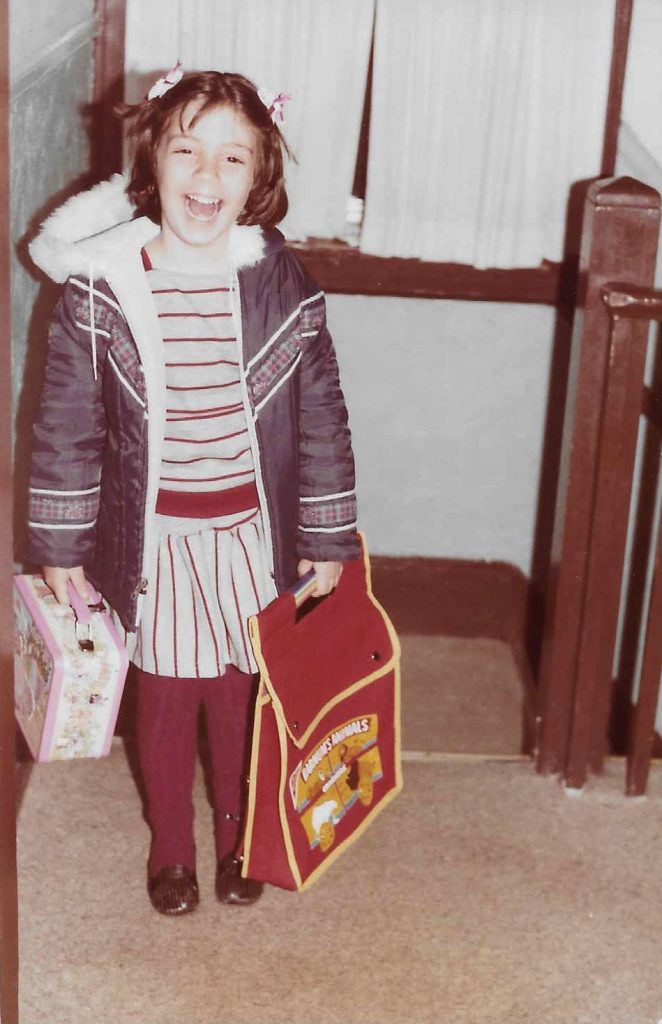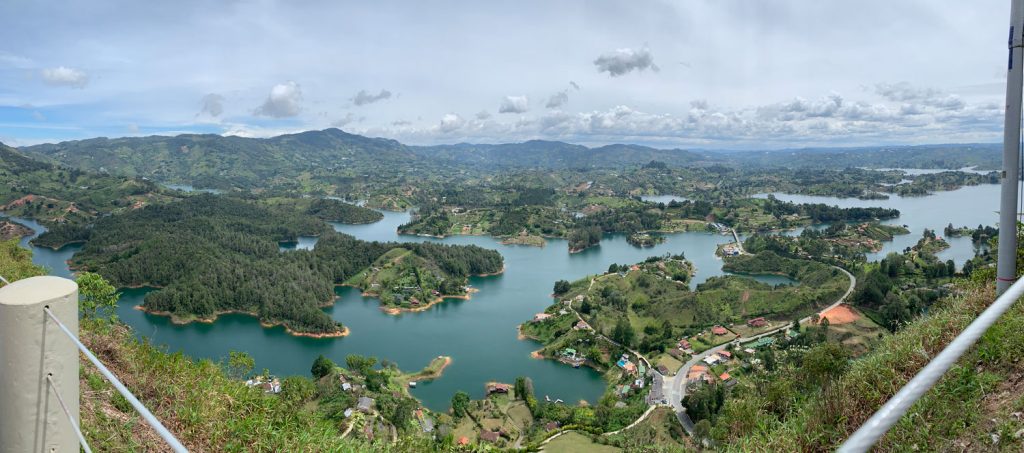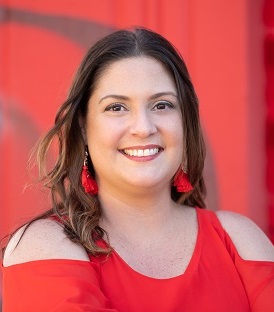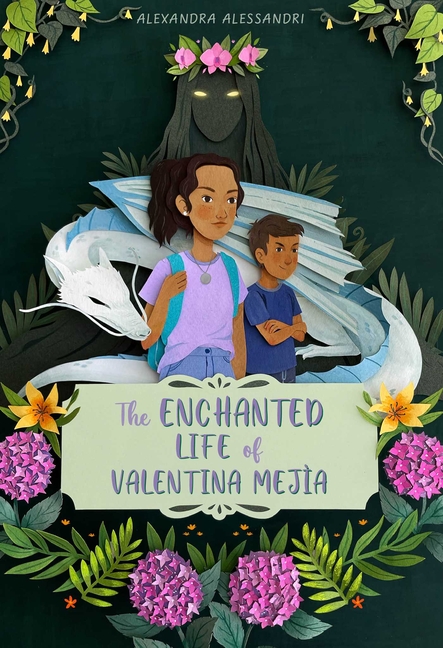From Teaching to Writing

TeachingBooks asks each author or illustrator to reflect on their journey from teaching to writing. Enjoy the following from Alexandra Alessandri.
Your Story Matters
by Alexandra Alessandri
Your story matters.
During my school visits—as I discuss how the inspiration for my books often comes from my culture, lived experiences, and family—I find myself returning to this simple but important message.
Your story matters, I tell students. Who you are, where you come from, the experiences you’ve had—the joyful and the hard—are valuable and worthy of drawing from.

It’s a message I tell my own students as I guide them through the process of creation.
When I teach the poetry unit in my Introduction to Creative Writing class, I begin with the Where I’m From poem. After introducing them to the building blocks of poetry, we read George Ella Lyons’ “Where I’m From” and then spend some time immersed in the act of remembering in order to find idea seeds they can sow and grow into their own poems.

However, this doesn’t always come easy. Often, there’s resistance in the form of unworthiness: My childhood was boring. Nothing exciting happened. No one’s interested in my life.
Or, they settle into my son’s favorite expression these days: I don’t remember.
The funny thing about memory, though, is that memory begets memory, much like writing begets writing. Through writing prompts, freewriting exercises, and plenty of examples, my students begin remembering the everyday of their childhoods and adolescence. In sharing our memories, we make a collective connection to each other, and in doing so, we build community through our shared experiences. By the time we’ve finished remembering, they are ready to mine those memories for concrete details they can weave into their own poems.
As I encourage them to embrace their stories, language, and culture, I’ve witnessed the spark of excitement and the empowerment they feel when they reclaim their creative and academic works.
The truth is, though, that I understand that initial ambivalence, that certainty that our lived experience isn’t important enough to write about. I’ve lived it.
When I first started writing for children, I didn’t immediately think of writing characters that shared my Colombian American identity. After all, as a child, the literature I read fell squarely in two camps: U.S. American books in English with blond-haired, blue-eyed characters named Jessica or those who had sleepovers and babysat (brown-haired, brown-eyed me was allowed neither), and the Colombian books in Spanish my parents had shipped so I wouldn’t forget our language and culture.
While I was a voracious reader and I loved the stories I read, none of them truly reflected my experience of straddling both cultures. Sure, Latine authors writing for older, adult audiences explored these themes of identity and I devoured them when I was older, but in the 80s and early 90s, children’s stories by Latine authors were slim at best. And there certainly weren’t any middle grade fantasies or adventures featuring Colombian characters!

By the time I started seriously pursuing writing for children, I hesitated. While there were more Latine authors writing for children and teens, I still didn’t see the Colombian representation I craved. Colombians remained the butt of many jokes, perpetuating negative stereotypes and a single narrative. Why would anyone want to read about Colombian or Colombian American characters, like me or my son, having magical adventures in fantastical lands? So I didn’t write them at first.
But the wondrous thing about students is that they teach you to be brave.
It happened in the day-to-day interactions in class. A student’s excitement when they learned I was Colombian, like them, or the shock at learning that despite Spanish being my first language, here I was teaching English composition and creative writing. Another’s awe at seeing a picture book set in Haiti, their home country, written by a Haitian author. The joy of discovery as they wrote their reality on the page. The nostalgia of remembering. The pride of creation.
My students reminded me that in sharing my story, I helped them feel seen. And if I could do that in the classroom, might I not be able to do that for kids all over the country?
I also remembered this quote by the great Toni Morrison: “If there’s a book you want to read, but it hasn’t been written yet, then you must write it.”
So I wrote my unapologetically Colombian characters in The Enchanted Life of Valentina Mejía, filled with the magic and stories and landscapes of my childhood. I wrote other stories with Colombian characters, too–the joyful, the curious, the shy, and the scared.
In doing so, I’ve watched with joy and gratitude the connections readers have had, including a third grader who stood up after I’d read one of my books and told me in no uncertain terms that my story was her story. It’s a connection I hope to continue making, creating the mirrors and windows Dr. Rudine Sims Bishop writes about in her seminal essay “Mirrors, Windows, andSliding Glass Doors.”
And I’ll keep telling my students and the students I meet during school visits that their stories matter, and they are worthy of telling.
Books and Resources

TeachingBooks personalizes connections to books and authors. Enjoy the following on Alexandra Alessandri and the books she’s created.
Listen to Alexandra Alessandri talking with TeachingBooks about the backstory for writing The Enchanted Life of Valentina Mejia. You can click the player below or experience the recording on TeachingBooks, where you can read along as you listen, and also translate the text to another language.
- Hear Alexandra Alessandri talk about how to say her name
- Explore a Craft Workshop with Alexandra Alessandri
- Discover Alexandra Alessandri’s page and books on TeachingBooks
- Visit Alexandra Alessandri on her website, Twitter, Instagram, Facebook, Pinterest, GoodReads, and LinkedIn.
Explore all of the For Teachers, By Teachers blog posts.
Special thanks to Alexandra Alessandri and Simon & Schuster for their support of this post. All text and images are courtesy of Alexandra Alessandri and Simon & Schuster, and may not be used without expressed written consent.



Leave a Reply